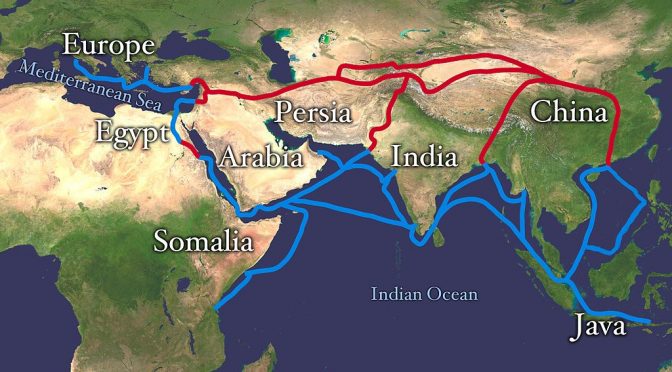Polyethylene Penicillin was discovered by accident when Alexander Fleming noticed bacteria dying in the presence of certain molds. Vulcanization of rubber by sulfur was also accidentally discovered by Charles Goodyear. In 1898 in Germany, Hans von Pechmann accidentally synthesized polyethylene. It took longer for polyethylene to become widely used than for rubber and penicillin, but now it is one of the most widely used food packaging materials. And it is also being used in...









